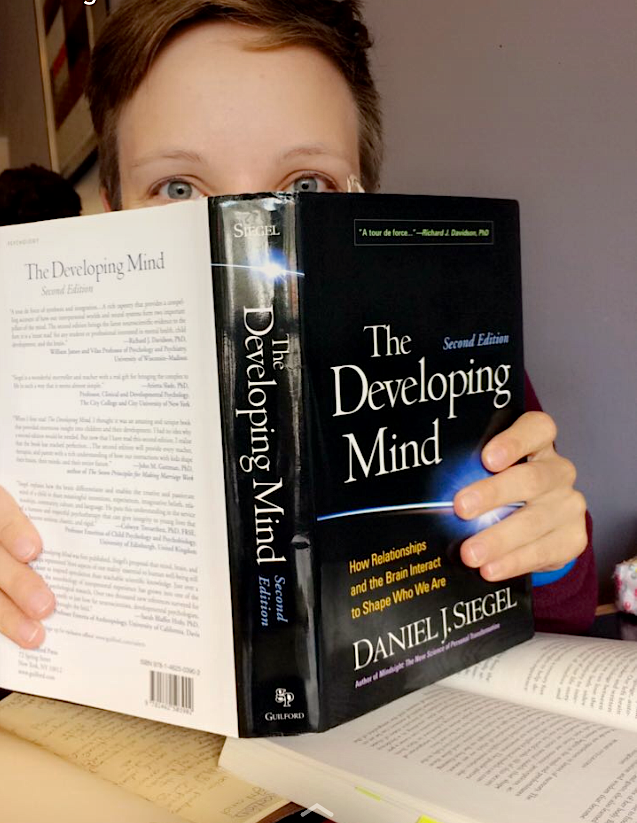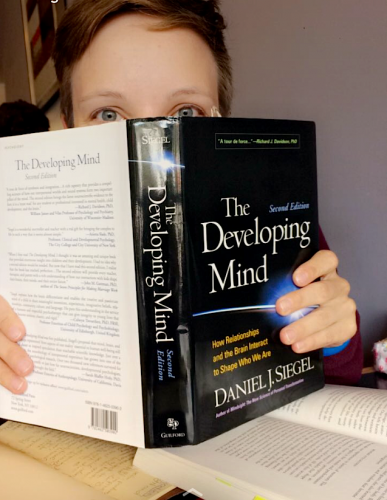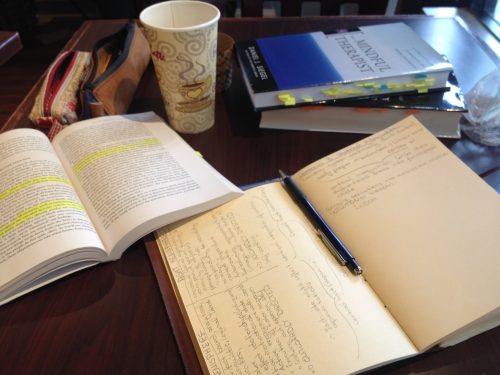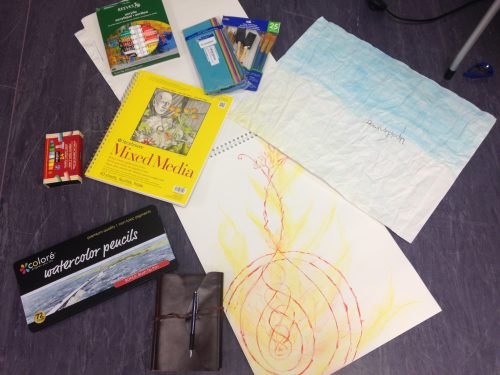
#Thesising – Part 1

Literature review
As I have mentioned in my previous blog post, I am currently in the process of conducting my thesis research. The idea of having to do a scientific research study in an art-based masters program might bring some anxiety to prospective (and current) students, so I wanted to take the chance in this and the next blog post to elaborate on how a research process in the field of dance/movement therapy might look. What better way of doing so by introducing my own thesis research!
As most of my cohort members, I came into the program with a background in social science. Consequently, most of my research experience was based on quantitative research. I felt relatively comfortable in creating and filling out questionnaires, transforming the answers into numbers, and even using statistical inference to prove or disprove hypotheses. But how are you supposed to do this with movements? Even the idea to describe the subjective experience of my clients or myself through numbers and statistics felt dissatisfying the further along I was in the MA program. Therefore, the majority of my cohort – including me – decided on conducting qualitative research, while some used mixed methods (qualitative and quantitative).

More literature review…
There are several types of qualitative research: case studies, phenomenological studies, ethnographic studies, program evaluation, heuristic studies, and art-based research, just to name a few. All of them acknowledge that the experience of the research subject might not be quantifiable in numbers. However, all differentiate in the methods that are being used to collect data and generate new knowledge. [Before you freak out: there will be a class explaining to you the different approaches and how they can be used in the context of dance movement therapy.] Even though I was hesitant to engage in art-based research at the beginning of the program (too “wishi washi”), I finally decided on doing an artistic inquiry – a form of arts-based research. In essence, I use art-making to collect and analyze data, and to present my findings.
Some of you might be skeptical if art can be used as data and art-making as data collection. Believe me, I was skeptical too when I learned about it. However, through the program I learned that our body holds a wisdom, which sometimes cannot be expressed in words or might not even have entered consciousness yet. Using art-making in response to a research question allows me to tap into this wisdom by utilizing a nonverbal form of expression and the right side of the brain. By responding to the created artwork with another medium (e.g. responding to visual art with movement) I am able to look for themes, which are represented in both artworks. Doing this over-and-over again while tracking thoughts and images that are being triggered (the left and more verbal side of the brain) ultimately reveals the themes/ answers to the research question. Especially for self-studies, such as mine, this is an extremely helpful tool, because it allows one to gain insight into parts of the self, which might have been hidden for years.

Art as data?!?
I know that all this might still seem fuzzy and unclear, so in my next blog post I will guide you through the research process I am currently conducting! Stay tuned! :)
